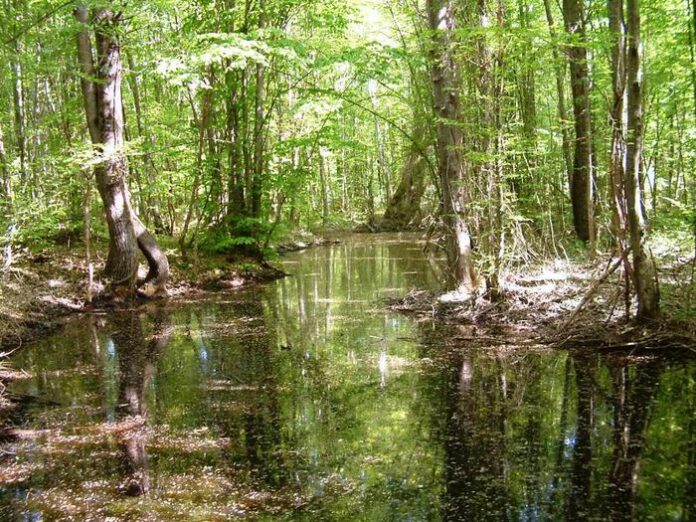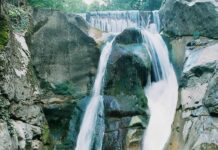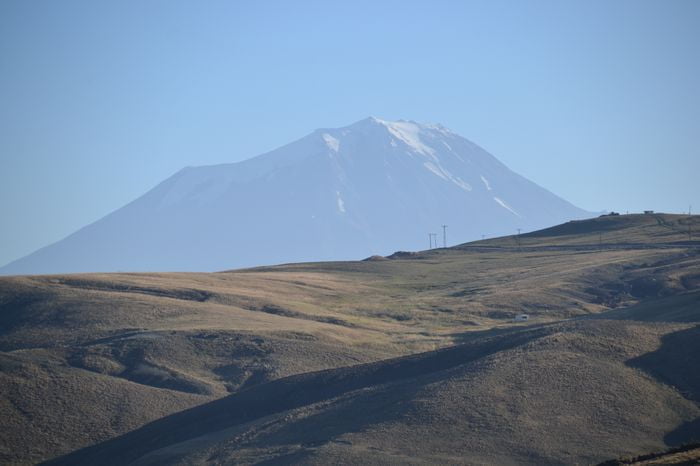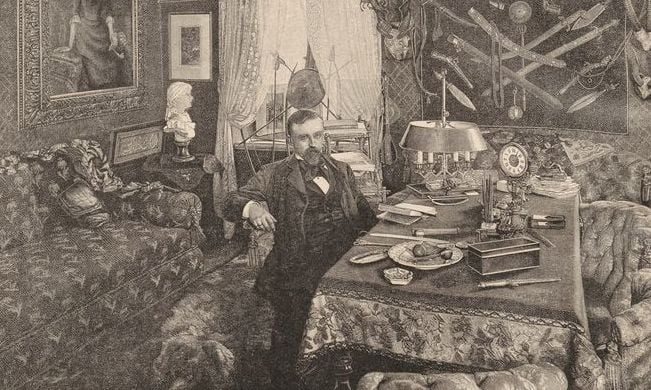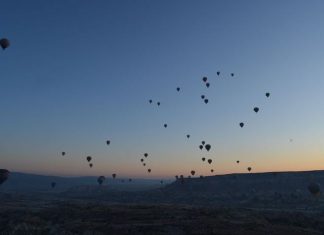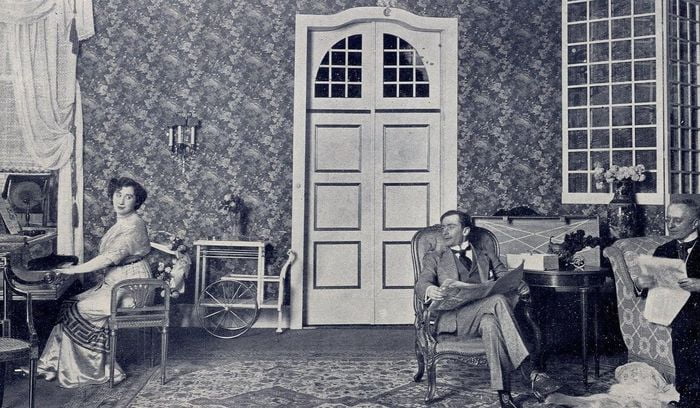Location and Importance
Smyrna is the second city of the seven churches mentioned in the Book of Revelation. It was located about 35 miles (56 km) north of Ephesus, along the main road to Pergamum. Smyrna is also known for overlooking the beautiful Gulf of Izmir. It is believed to be the birthplace of the famous Greek poet Homer. Unfortunately, most of the ancient city from the time of the New Testament is no longer standing, so we mostly rely on writings from the past to learn about the city.
Description of Smyrna
The ancient writer Strabo called Smyrna “the most beautiful of all” the cities along the coast. He described the city as having streets paved with stone and arranged in straight lines as much as possible. Archaeologists have uncovered a 33-foot (10-meter) wide street that runs east-west. This street may have been part of the Sacred Way, which was a significant path in the city. The street had a roof over the sidewalk for pedestrians Walking Tours Istanbul.
Important Structures in Smyrna
Smyrna had many important buildings and places, including:
A gymnasium near the harbor
A stadium to the west
A theater on the northwest slope of Mount Pagos
A commercial agora (marketplace) near the docks
A harbor that could be closed
A state agora (public square) on the hill above the city
A library
The Imperial Cult and Temples
Smyrna was chosen from eleven cities to house a temple dedicated to the Roman emperor Tiberius. This made the city a “Temple-Warden” (neokoros) under Tiberius. In the second century, under Emperor Hadrian, Smyrna was given the title “second neocorate of the Augusti”, meaning it received the honor of being a center for imperial worship again, just after the death of the apostle John John’s Vision and the Book of Revelation.
What’s Left of Ancient Smyrna?
Most of the ancient buildings in Smyrna no longer exist. Theater and stadium have disappeared, and the commercial forum (marketplace) has not been found yet. However, the state forum, which is the only part of the city that has been fully excavated, is well-preserved.
This forum had:
A rectangular piazza (public square) that was about 425 feet by 250 feet (130 meters by 76 meters) in size.
Two-storied colonnaded porches (porticoes) on two or possibly three sides.
On the north side, there was a huge basilica (public building) with two stories and a rostrum (platform for public speakers) at the west end.
Beneath the basilica, there was a beautiful vaulted basement with arched ceilings that supported the floor above.
The area also had many inscriptions from different periods, which give us information about the city.
